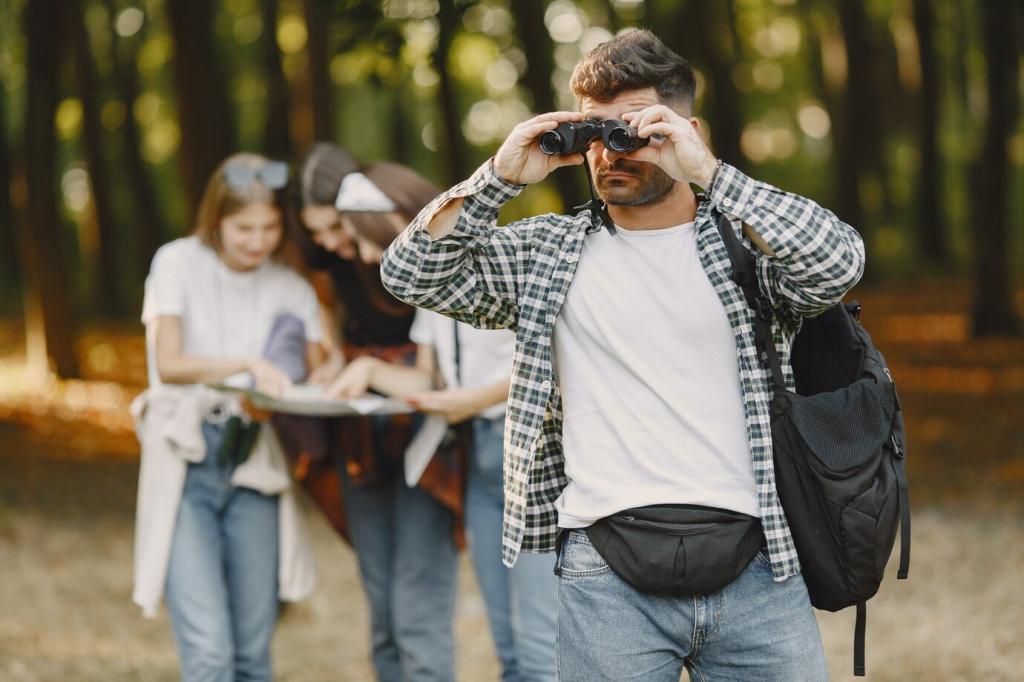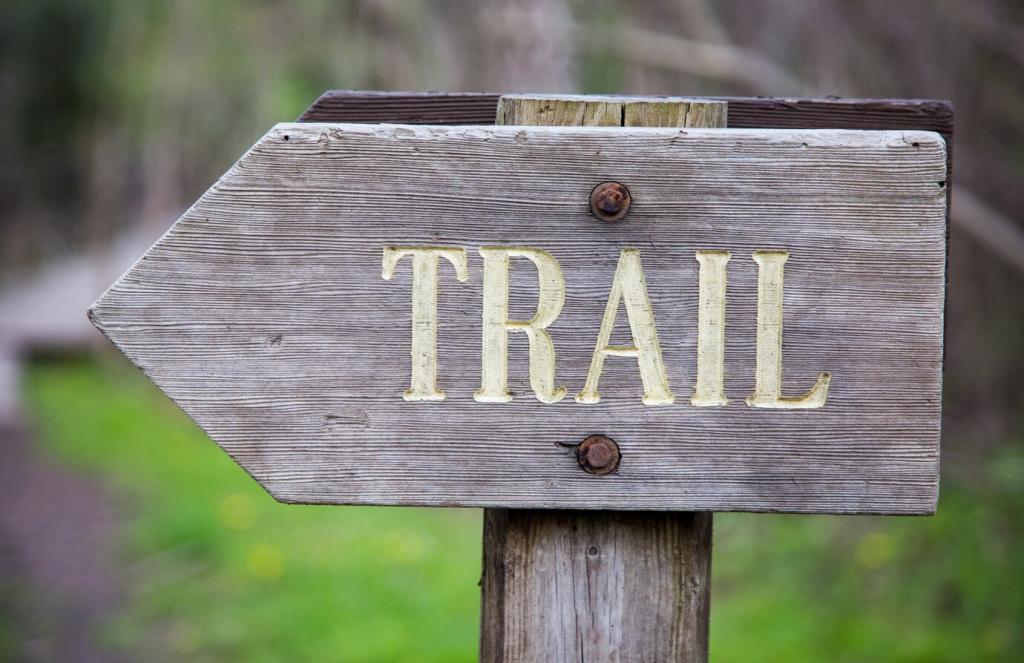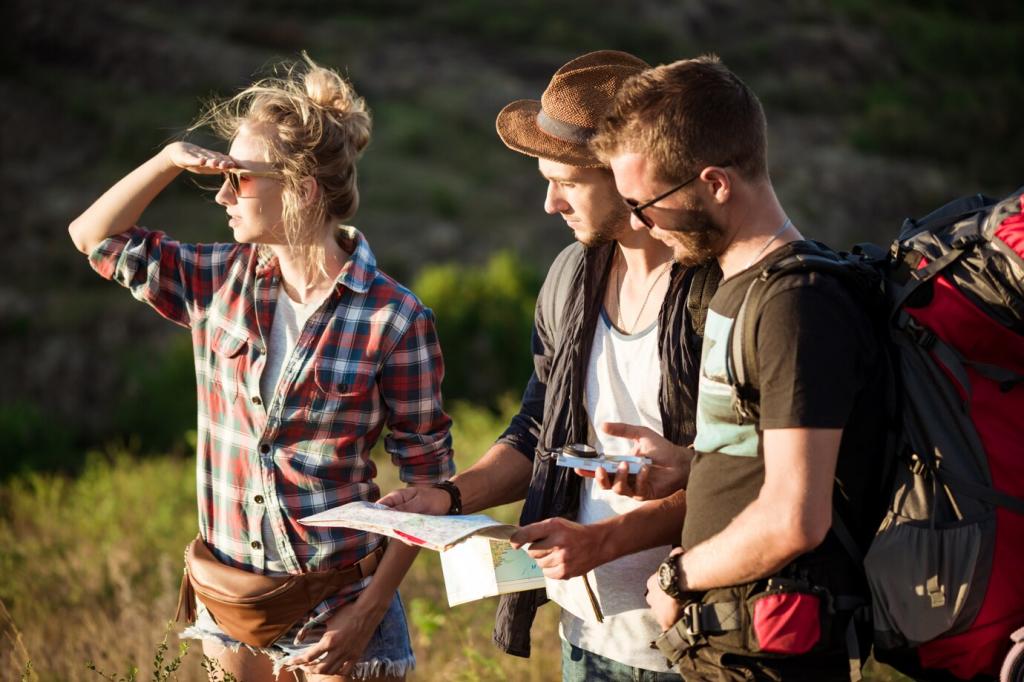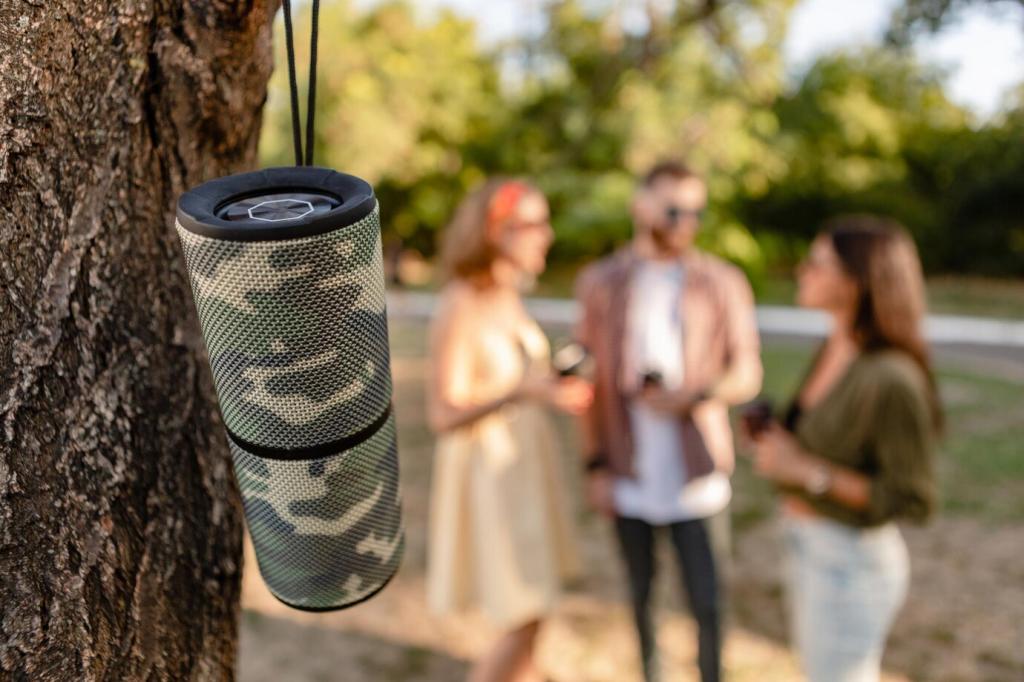Summer Hiking Gear Essentials: Pack Smart, Walk Far
Chosen theme: Summer Hiking Gear Essentials. Welcome to a sun-soaked trail guide packed with practical wisdom, real stories, and gear advice to keep you cool, safe, and smiling all summer. Join the conversation, share your trail-tested favorites, and subscribe for weekly summertime gear checklists and field tips.
Footwear That Breathes and Performs

Trail runners shine in summer thanks to airy uppers and quick drying, while lightweight boots add ankle support on rocky, uneven ground. Consider pack weight, terrain, and your ankle history. Test fit late in the day when feet are swollen, and break them in on short local loops first.
Reservoirs encourage frequent sips because the hose is always handy, which helps maintain steady hydration in hot conditions. Bottles, however, simplify measuring intake and mixing electrolytes. Many hikers carry both: a reservoir for sipping and a bottle for treatment, mixing, and quick visual checks.
Hydration and Water Treatment Under the Sun
Sun Protection You’ll Actually Wear
Long-sleeve UPF shirts, sun hoodies, and brimmed hats add dependable defense without messy reapplication. Look for mesh vents, snap-up collars, and airy weaves. Light colors reflect heat, and roll-up sleeves give flexibility. If coverage feels effortless, you’ll stick with it from trailhead to summit.
Sun Protection You’ll Actually Wear
Choose broad-spectrum SPF 30–50, apply generously 15 minutes before hiking, and reapply every two hours. Don’t neglect ears, hands, and neck lines beneath backpack straps. A small, pocketable stick makes mid-hike touchups easy, especially on ridgelines where breezes mask the intensity of sun exposure.



Navigation and Safety for Scorching Days
Maps, Apps, and Battery Savvy
Carry a paper map and compass even if you trust your GPS app. Heat accelerates battery drain, so use airplane mode, reduce screen brightness, and pack a lightweight power bank. Mark water sources, bailout paths, and shaded rest spots to make smarter choices when energy dips.
Heat-Ready First Aid and Signals
Include rehydration salts, blister supplies, an emergency blanket, and a compact cooling towel. Know the signs of heat exhaustion and heat stroke. A whistle and a small mirror weigh almost nothing but project signals well. Share your route plan and check-in times with a friend before you go.
Timing Trails Around Sun and Shade
Start early to beat exposure, linger in shade at midday, and save gentle terrain for the afternoon. Identify canyons that funnel wind for cooling breaks. On a canyon loop, our sunrise start meant quiet trails, cooler temps, and a cheerful finish while late starters baked on the switchbacks.
Heat-Stable Snack Ideas
Go for nut butters in squeeze packs, salted nuts, jerky, dried fruit, and crunchy chickpeas. Tortillas beat crumbly bread in packs. Temper chocolate cravings with cocoa-dusted almonds. Rotate savory and sweet to avoid palate fatigue, and stash one morale snack for late-afternoon climbs when spirits dip.
Fueling Strategy in High Heat
Small, frequent bites are easier to digest than heavy lunches. Pair carbs with a little protein and salt to keep energy smooth. Eat before you feel empty, and use shaded pauses as fueling reminders. An easily reachable hip-belt pocket keeps snacks visible and encourages consistent grazing.
A Sugary Boost That Actually Helped
On a long, sunburned ridge, sour gummies lifted our mood and nudged us to sip more water. That tiny psychological boost mattered. Now I label a bag “summit gummy,” a silly ritual that turns tough, hot miles into a game and gently encourages steady hydration habits.

Air-channel back panels and suspended mesh reduce sweat buildup. Keep heavy items close to your spine and high between your shoulder blades. Tighten hip belt first, then shoulder straps, then load lifters. Minor adjustments each mile can prevent hot spots and conserve precious energy on steep climbs.

Place sunscreen, lip balm, sunglasses, snacks, and water treatments in hip-belt or top pockets for effortless reach. Wet items go in exterior mesh to dry. A small zip bag for trash keeps sticky wrappers contained. If essentials are easy to grab, you’ll actually use them consistently.

Swapping a heavy metal bottle for a soft flask trimmed almost half a pound from my kit. Over a long, hot day, that difference felt huge. The lighter load kept my stride springy, and I ended with enough energy to journal gear notes at the trailhead.
